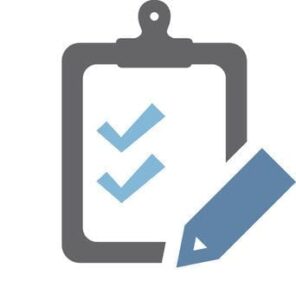IDEMIA has attained certification for its mIDReader and Verify SDK based on the International Standard Organization ISO 18013 Part 5: Mobile driving license (mDL) application standard—a significant milestone as major mobile ID programs are getting underway around the world.

IDEMIA’s mIDReader is already in use at certain airports in the U.S. Integrated into the latest generation of the Transportation Security Administration’s CAT-2 document-reading kiosks, a portable version of the mIDReader is also used by TSA agents to check traveler IDs in a more streamlined manner.
The device features state-of-the-art encryption and can be integrated into existing IT infrastructure via the IDEMIA Verify SDK.
Now, it has been certified to adhere to the ISO 18013-5:MDL standard by UL Solutions. The standard details the data structure, security features, interoperability, and privacy protections of mobile driver’s licenses, and their interoperability across different systems and countries. Key components include a standardized data model, robust security measures like encryption and digital signatures, and user privacy controls. The standard supports both online and offline verification methods, enhancing convenience and efficiency for law enforcement, identity verification, and cross-border travel.
Formerly known as Underwriters Laboratories, UL Solutions is a global safety certification company headquartered in Northbrook, Illinois. It’s renowned for its expertise in product safety testing, inspection, certification, and validation services across various industries, including electronics, chemicals, and medical devices.
“The creation of a physical reader enables businesses and government agencies to accept mobile IDs, which is important as more and more people opt to use digital IDs,” explained IDEMIA Public Security North America CEO Donnie Scott. “The new IDEMIA mIDReader has the UL Solutions stamp of approval, so users can trust they have a device that will validate IDs quickly and is secure.”
The development of ISO 18013 Part 5 began with preliminary discussions and proposals in the early 2010s. By 2016, a formal working group was established under ISO/IEC JTC 1/SC 17 – a subcommittee of the Joint Technical Committee 1 of the ISO and the International Electrotechnical Commission (IEC) – to draft the standard.
Extensive collaboration and feedback from international stakeholders, including government agencies, technology providers, and industry experts, took place over the next few years. In 2018, the draft standard was released for public review, incorporating comments and revisions. The final standard was published in September of 2021, marking the culmination of years of development to provide a comprehensive framework for mDLs.
–
May 21, 2024 – by Alex Perala







Follow Us